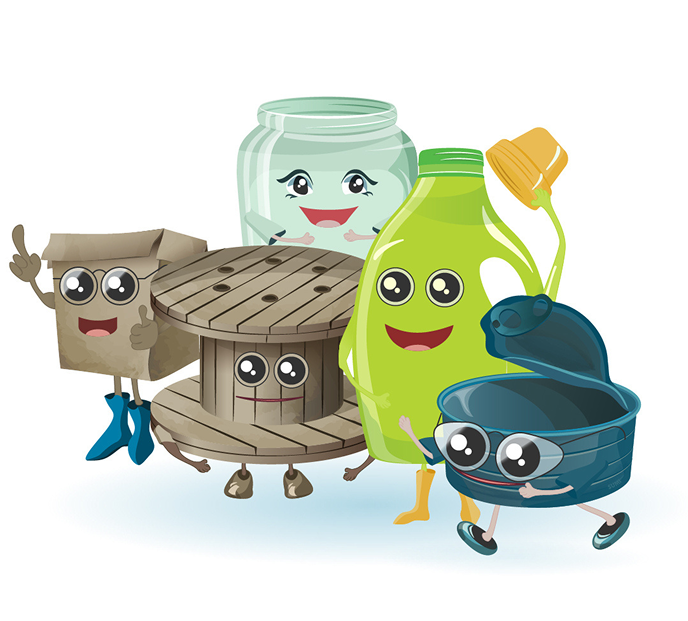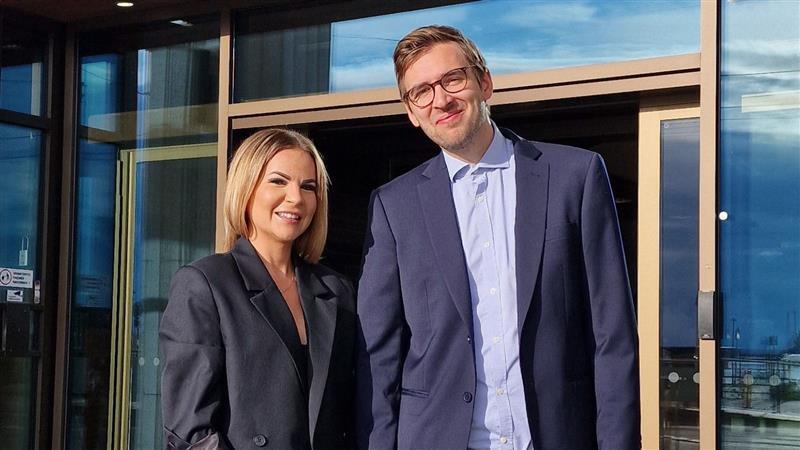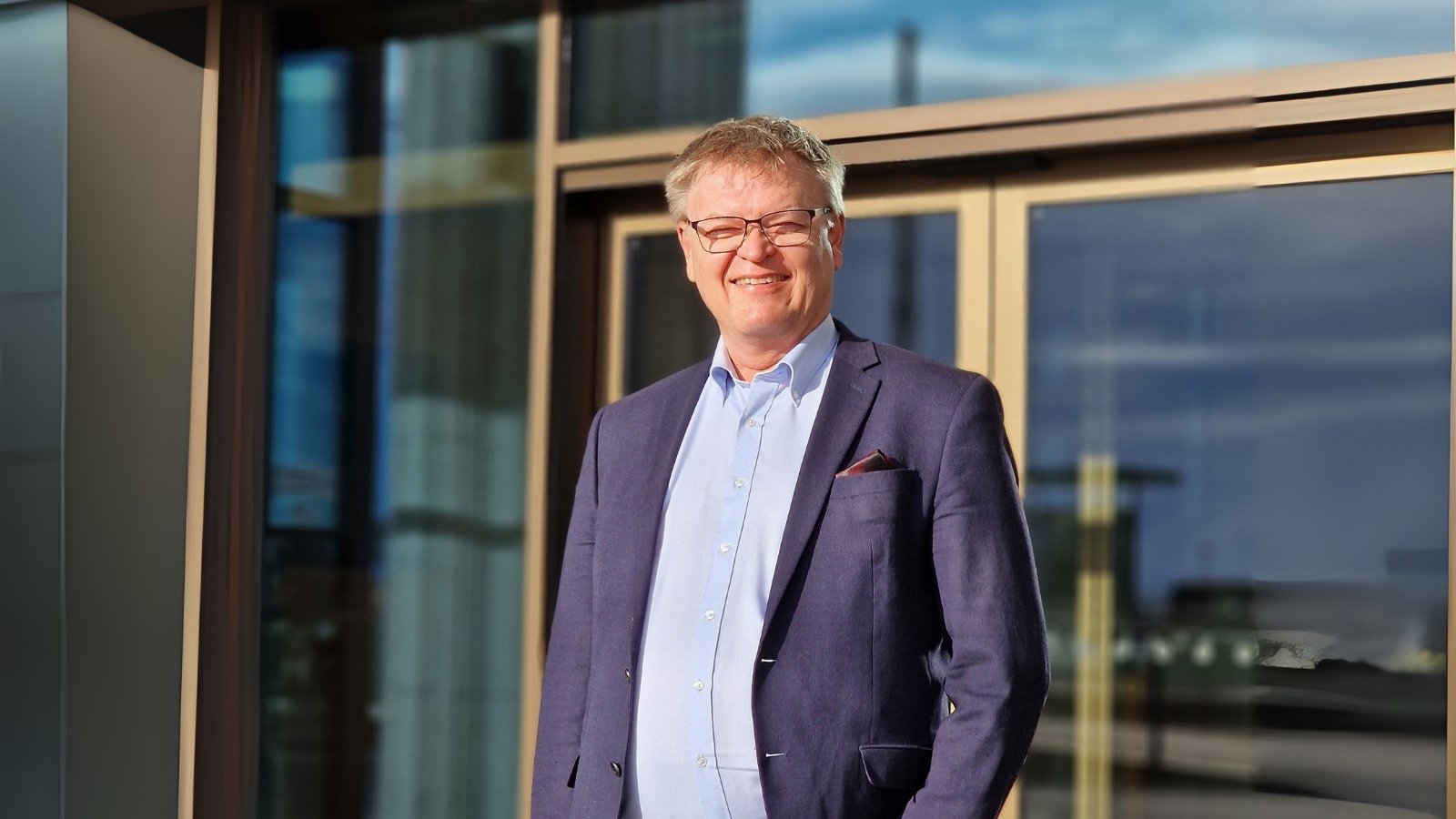
2 min read
Expanding customer services and new team members offer even more support to producers
Sumi is entering a new era by offering its customers broader and more comprehensive business customer services. The company’s service agreement with Rinki will end this year, and from now on, Sumi’s customers will receive the same statutory producer...
Read More



.jpg?width=1920&height=1080&name=Verkkosivukuvat%201920x1080%20(1).jpg)





.jpg?width=1920&height=1080&name=Nimet%C3%B6n%20malli%20(45).jpg)